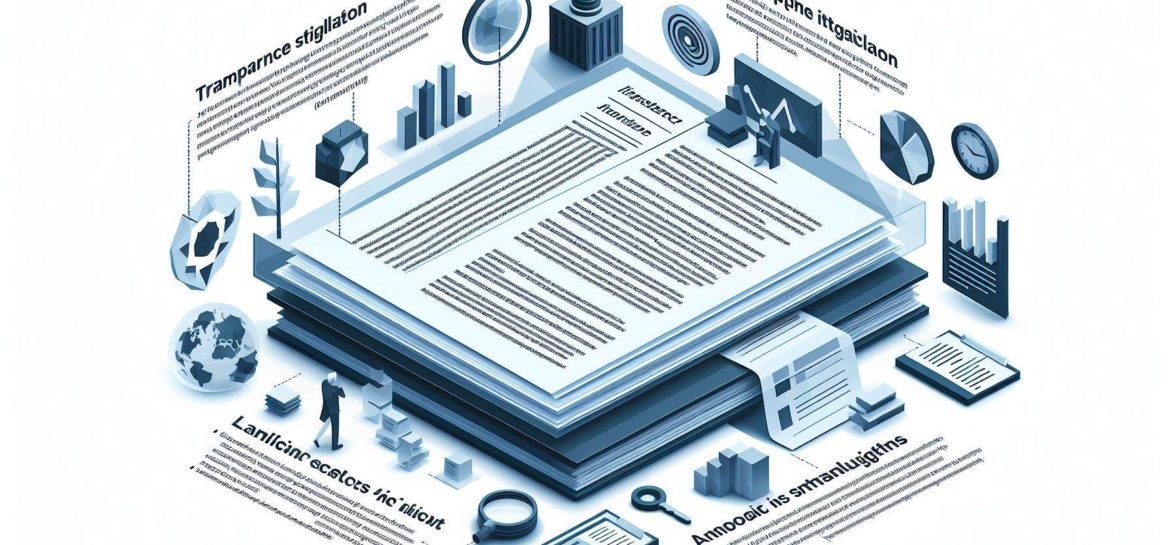Unveiling Legislation 2.0: When Politics Meets Source Control
Categories Blog, Computer Science0 Comments

The digital age beholds the promise of transparent governance, a realm where every citizen is not merely a spectator, but a participant in the political amphitheater. The conceptual amalgamation of source control technology and political processes can transmute this promise into reality. Picture a scenario where the trajectory of a law resembles the development journey of a software project on platforms like GitHub or GitLab.
Let’s traverse through an illustrative journey of a law, named “Education Enhancement Act”, from inception to enactment:
1. Law Inception (Repository Creation):
- A new repository named “Education Enhancement Act” is created by a legislator. The initial draft of the law is uploaded, marking the genesis of a legislative endeavor.
2. Amendment Proposals (Pull Requests):
- Fellow legislators, acting akin to developers in a collaborative project, propose amendments through pull requests. For instance, a pull request titled “Amendment: Increased Funding for STEM Programs” is opened by a legislator.
3. Review and Discussion (Code Review):
- The pull request initiates a thread of discussions. Legislators (reviewers) deliberate the merits and demerits of the proposed amendment, akin to a code review process. The discussion is visible to the public, who can follow the discourse in real-time, fostering a culture of openness and engagement.
4. Public Feedback (Issues and Discussions):
- Citizens, seizing the role of stakeholders, file issues or feature requests. An issue titled “Request: Allocation of Funds for Arts Education” could spark a discourse around a hitherto overlooked facet of the education policy.
5. Conflict Resolution (Merge Conflicts):
- Discrepancies between conflicting amendments are flagged akin to merge conflicts in a coding environment. This triggers a resolution process, ensuring a consensus-driven amendment approach.
6. Law Approval (Merge):
- Once a consensus is reached, and the law refined through numerous iterations, the final version is approved (merged) by the legislative body, marking the law’s transition from proposal to enactment.
7. Documentation (Wiki/ReadMe):
- A comprehensive documentation elucidating the law, its amendments, and the discourse enveloping it is maintained akin to a project’s Wiki or ReadMe. This serves as a reservoir of knowledge for both lawmakers and citizens.
8. Continuous Improvement (Iterations):
- Post-enactment, the repository remains active for further refinements, echoing the iterative nature of both legislation and software development.
This paradigm, emblematic of an open-source political ecosystem, can potentially revolutionize the way we perceive and engage with governance. It’s a step towards a transparent, collaborative, and accountable political landscape where technology acts as the fulcrum of democratic engagement. The mirroring of political processes with source control workflows does not just stop at enhancing transparency but propels governance into a realm of continuous improvement, fueled by the collective intelligence of the polity.